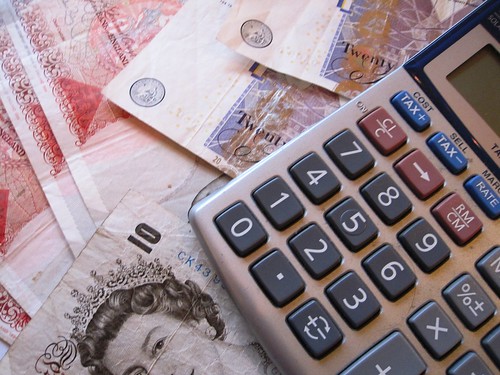
You might be wondering why anyone would need a beginner’s guide to accounting any more when there are excellent accounting software packages available that can take care of the number-crunching and reporting of business accounts with ease. Whilst it’s undeniable that decent accounting software is an invaluable business investment, possessing a basic understanding of the principles of accounting will help you to use an accounting tool to its maximum benefit. With that in mind, here’s a very simple introduction to the basic concepts and terms used in accounting to help you get started.
The four pillars of accounting
At its most basic level, the purpose of accounting is to keep track, over a specific period of time (most commonly the Financial Year), of the following four elements of a company’s finances:
• Assets
• Profits
• Income
• Expenditure
A record of every transaction which affects the status of each of these four elements is made in two key places: the Profit and Loss account and the Balance Sheet. This process of recording each transaction in two places is known as a double entry system. As a result of this double entry of financial transactions, a company’s total profits or losses over a time period as recorded in the Profit and Loss account should correlate exactly with the net increase or reduction of the company’s assets as recorded in the Balance Sheet. In other words, these two financial records should balance each other out.
The Profit and Loss account and Balance Sheet explained
The Profit and Loss account provides an ongoing statement of the financial performance of a business; the title is self-explanatory. As a snapshot in its own right, the Profit and Loss account is of negligible value – its true worth becomes apparent when it can be compared with accounts from previous financial reporting periods. The Profit and Loss account should contain transaction information relating to your income, expenditure, taxation, gross and net profit (or loss) and overheads such as utility payments and wages.
The Balance Sheet is a record of a company’s assets and liabilities. The assets consist of the physical property of the company that constitute its financial value at any particular time, whilst the liabilities are aspects of the business that detract from its worth such as business loans, outstanding creditor payments and so on.
Current assets – liabilities = working capital
A company’s assets fall into two categories: fixed assets and current assets. Fixed assets are those necessary to the actual operation of the business e.g. the company premises, manufacturing equipment, furniture, company vehicles and suchlike. Current assets are those which fluctuate in the short-term as a result of business transactions and include sales stock and actual money. The remainder of these current assets, when liabilities have been subtracted, form a company’s working capital i.e. the money available to allow the company to deal with planned expenditure (such as business expansion) and unplanned expenditure. Clearly a negative working capital indicates financial problems; in accounting terms a healthy working capital should be at least double the value of a company’s liabilities.
Inevitably, as a business grows in size and turnover, other factors are introduced into company accounting and the process becomes more complex. However, those armed with a little prior accounting knowledge and an intuitive accounting software package should have few problems in managing their business finances.
John is guest blogger from Gatwick Diamond Jobs who have a variety of accountancy jobs in Crawley, Gatwick and across the south east.
